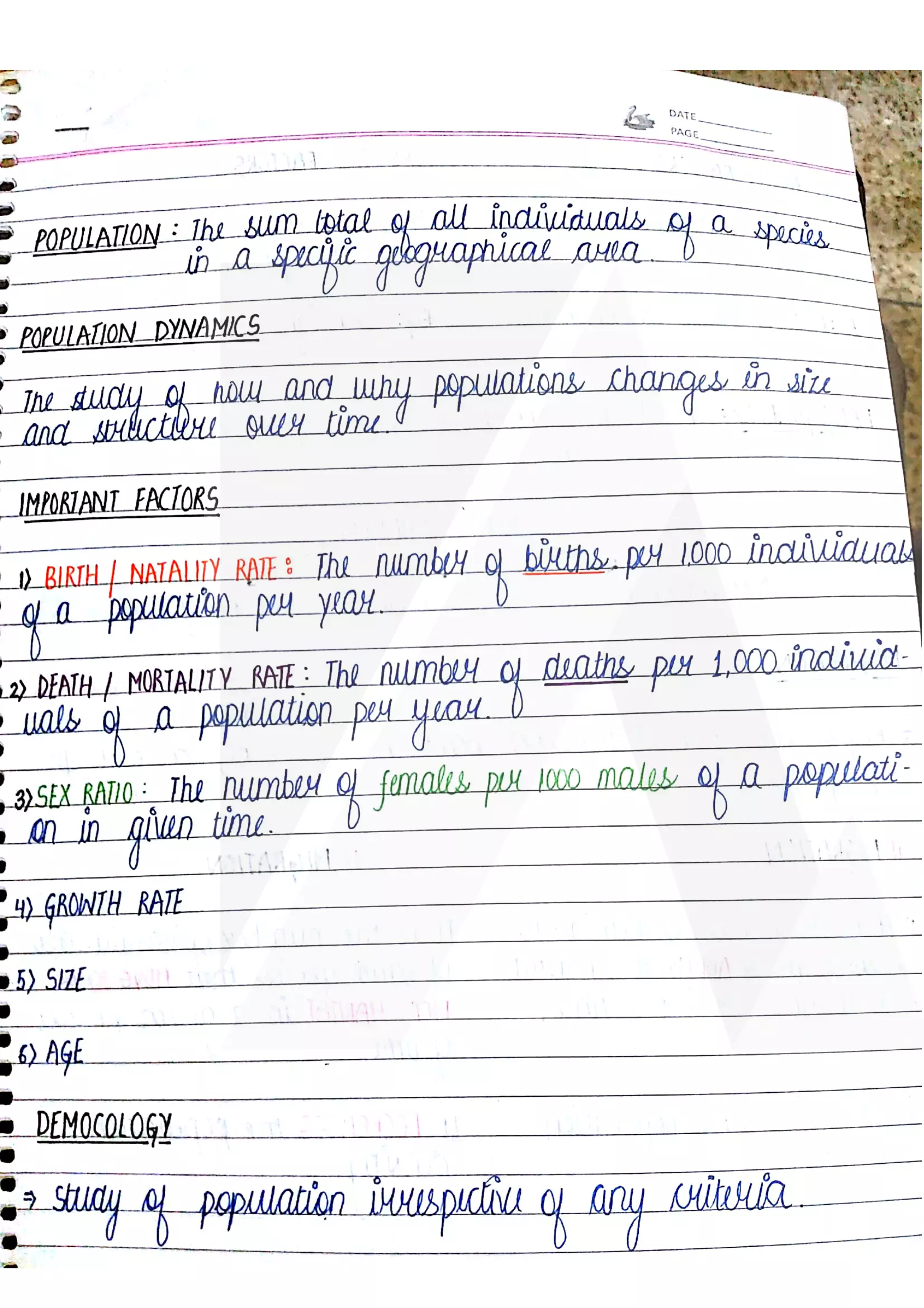Environmental Pollution BCA Notes
Environmental Pollution BCA Notes: This article contains BCA Environmental Studies Subject Unit 5 Environmental Pollution BCA Notes. this is very helpful for BCA students. please share this article with your all friends and all groups. and all notes are available on this website.
Quick Links:
Environmental pollution is a critical issue affecting our planet, and understanding its causes, impacts, and mitigation strategies is increasingly relevant across various disciplines, including Bachelor of Computer Applications (BCA) programs. Here’s an exploration of environmental pollution within the context of BCA, focusing on how technology and computational methods can contribute to addressing this global challenge.
Understanding Environmental Pollution
Environmental pollution refers to the introduction of harmful contaminants into the natural environment, causing adverse effects on ecosystems, human health, and biodiversity. Key types of pollution include:
- Air Pollution:
- Emissions from vehicles, industrial processes, and burning of fossil fuels contribute to the presence of pollutants such as particulate matter (PM), nitrogen oxides (NOx), sulfur dioxide (SO2), and volatile organic compounds (VOCs) in the atmosphere.
- Water Pollution:
- Contamination of freshwater bodies (rivers, lakes, groundwater) due to industrial discharges, agricultural runoff, sewage discharge, and improper waste disposal, leading to waterborne diseases and ecosystem degradation.
- Soil Pollution:
- Soil contamination from industrial activities, mining, improper waste disposal (including hazardous waste), and excessive use of pesticides and fertilizers, affecting soil fertility and posing risks to human health through food chain contamination.
- Noise Pollution:
- Excessive noise from transportation, industrial activities, construction, and urbanization can disrupt ecosystems, impact wildlife behavior, and lead to health issues such as hearing loss and stress in humans.
- Light Pollution:
- Artificial light sources that disrupt natural light cycles can affect wildlife behavior, interfere with ecosystems like nocturnal habitats, and contribute to energy wastage.
Role of Technology and BCA Curriculum
Incorporating environmental pollution studies into the BCA curriculum allows students to explore how technology can be leveraged for environmental monitoring, analysis, and mitigation. Here are some ways technology is applied in addressing environmental pollution:
- Environmental Monitoring and Data Analytics:
- Remote Sensing: Using satellite imagery and drones for real-time monitoring of air quality, deforestation, urban sprawl, and changes in land use.
- Big Data Analytics: Analyzing large datasets to identify pollution hotspots, trends, and correlations between pollution levels and human activities.
- Geographic Information Systems (GIS):
- Mapping and spatial analysis of pollution data to visualize patterns, assess environmental impacts, and support decision-making in urban planning and resource management.
- Pollution Modeling and Simulation:
- Air Quality Modeling: Using computational models to simulate dispersion patterns of air pollutants, assess health risks, and evaluate the effectiveness of emission control strategies.
- Water Quality Modeling: Predicting water contamination levels, identifying sources of pollution, and guiding pollution prevention and remediation efforts.
- IoT and Sensor Technologies:
- Deploying Internet of Things (IoT) devices and smart sensors for continuous monitoring of environmental parameters such as air quality, water quality, and noise levels.
- Real-time data collection facilitates early detection of pollution events and enables prompt intervention measures.
Applications and Case Studies
- Case Study: Air Quality Monitoring:
- Developing mobile apps and sensor networks to provide real-time air quality information to citizens, enabling informed decisions and raising awareness about air pollution.
- Using data-driven insights to design policies for reducing vehicle emissions and industrial pollution.
- Case Study: Water Pollution Management:
- Implementing blockchain technology for tracking wastewater discharge and ensuring compliance with environmental regulations.
- Using predictive modeling to forecast algal blooms in water bodies and prevent ecological damage.
- Case Study: Waste Management:
- Designing smart waste management systems that optimize collection routes based on real-time sensor data, minimizing fuel consumption and emissions.
- Implementing AI algorithms for sorting recyclable materials and reducing landfill waste.
Career Opportunities in Environmental Informatics
BCA graduates interested in environmental pollution can pursue various career paths, including:
- Environmental Data Analyst: Analyzing pollution data sets, identifying trends, and providing insights to inform environmental policies and practices.
- Environmental Software Developer: Designing software applications for environmental monitoring, pollution modeling, and decision support systems.
- Sustainability Consultant: Advising organizations on integrating environmental sustainability into their operations and developing strategies for pollution prevention and mitigation.
- GIS Specialist: Using geographic information systems for spatial analysis of pollution data and supporting environmental planning and management projects.
Environmental Pollution BCA Notes

|
|
|||